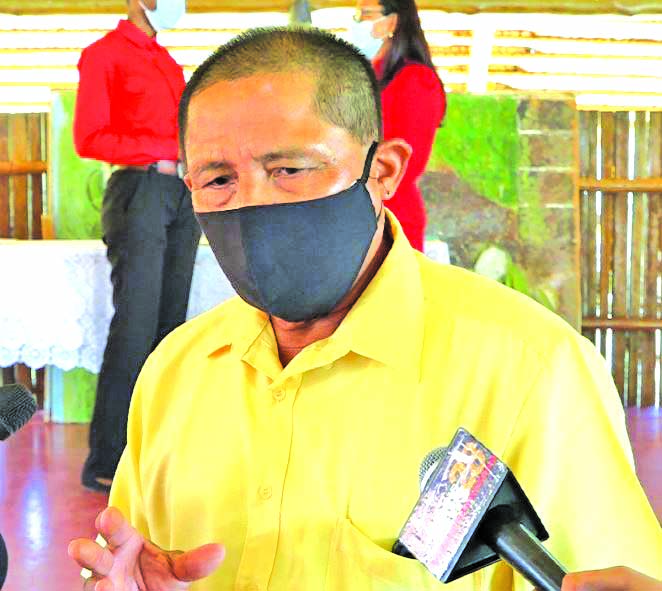Several Indigenous villages have experienced cases of the coronavirus disease (COVID-19) after residents were infected, creating hotspots that needed urgent intervention.

Collin Adrian
In fact, special teams from the Health Ministry were sent into the communities but given the remote locations, there can be challenges in accessibility. But according to the leaders, there are various contributing factors which have resulted in transmissions.
Toshao of Orealla, Carl Peneux told Guyana Times on Friday that his community was seeing incredibly good results during the first eight months of the pandemic. However, he related that persons coming in from neighbouring Suriname resulted in infections. After over 100 cases in the Region Six (East Berbice-Corentyne) location, officials had to shut down the village via a lockdown.
“It was good since March to October last year but something went wrong. I believe that its people infiltrating from Suriname to the community and to the coast so we started to get the infection. We were at a stage of at least 100 positive cases at one time in November so we have to lock down the community.”
Peneux said what compounded the issue was the fact that residents were flouting the measures, putting themselves at greater risks. He insisted that law enforcement should roll out a greater clampdown in such communities to prevent such a situation from recurring.












